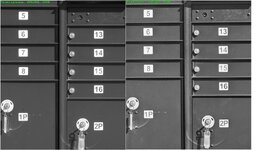You are using an out of date browser. It may not display this or other websites correctly.
You should upgrade or use an alternative browser.
You should upgrade or use an alternative browser.
Comparing the Toyo to the a7R3
- Thread starter Gary R. Smith
- Start date
Gary Ayala
Well-Known Member
That Toyo finally looks sharp. (Whew)
Beth Anthony
Well-Known Member
interesting comparison.
Gary R. Smith
Well-Known Member
It's just that I've been struggling to get sharp images out of the 4 x 5 film Toyo and I've been popping images up here in my frustration. I feel like I'm finished with the beginning phase of my large format journey.interesting comparison
Beth Anthony
Well-Known Member
i think you've got the toyo working. it's always interesting to me to see a legitimate film vs digital comparison, esp. a large format comparison.It's just that I've been struggling to get sharp images out of the 4 x 5 film Toyo and I've been popping images up here in my frustration. I feel like I'm finished with the beginning phase of my large format journey.
Paul Taylor
Well-Known Member
i think you've got the toyo working. it's always interesting to me to see a legitimate film vs digital comparison, esp. a large format comparison.
Not to hijack Gary's thread - but here is a comparison :
My Toyo 45G 4x5 with a Schneider Super Angulon 90mm on Cinestill 400D
 P1003668 by Paul Taylor, on Flickr
P1003668 by Paul Taylor, on FlickrAnd a Nikon D800 w/ 20-35mmF2.8 :
 DSC_1557 copy by Paul Taylor, on Flickr
DSC_1557 copy by Paul Taylor, on FlickrThere is a slight focal length difference - but the two are very close. The film pic was "scanned" with my Lumix G9 w/ Olympus 30mm Macro and ran through negative lab pro's "Frontier" setting with no other adjustments.
The D800 pic is pretty much off camera, minimal adjustments.
Gary R. Smith
Well-Known Member
The reality is that a truly analogue process is the only real way to experience film photography: you really have to optically enlarge your negatives to make prints. Digital scanning converts what the chemical emulsion was into a digital version of that so you might as well just shoot digital.
For me, it's the physical experience with the camera.
Using the Toyo is a detailed process, there is no "point-and-shoot" equivalent.
In the last three weeks I've gotten very good at loading film holders in the dark and transferring film sheets from film holders into my Stearman tank (also in the dark).
For me, it's the physical experience with the camera.
Using the Toyo is a detailed process, there is no "point-and-shoot" equivalent.
In the last three weeks I've gotten very good at loading film holders in the dark and transferring film sheets from film holders into my Stearman tank (also in the dark).
Tony Warren
Well-Known Member
You are right Gary - large format is a completely different experience and requires its own approach. You seem to have taken that big step forward and there is something unique about LF results. Looking forward to seeing more.
Beth Anthony
Well-Known Member
thanks!Not to hijack Gary's thread - but here is a comparison :
My Toyo 45G 4x5 with a Schneider Super Angulon 90mm on Cinestill 400D
P1003668 by Paul Taylor, on Flickr
And a Nikon D800 w/ 20-35mmF2.8 :
DSC_1557 copy by Paul Taylor, on Flickr
There is a slight focal length difference - but the two are very close. The film pic was "scanned" with my Lumix G9 w/ Olympus 30mm Macro and ran through negative lab pro's "Frontier" setting with no other adjustments.
The D800 pic is pretty much off camera, minimal adjustments.
Gary R. Smith
Well-Known Member
Me too Tony!Looking forward to seeing more.
Now that I'm comfortable with the process (I didn't even forget any steps in my last go round) I feel that it's time to actually use the camera for its intended purpose.
Time to take it out into the wild!
Thanks for your help and encouragement along the way!
Paul Taylor
Well-Known Member
you might as well just shoot digital.
I will disagree slightly on this - as I have noticed there is still a difference in tonality, contrast, and color of film negatives when "scanned" digitally over a scene shot solely with a digital camera (as you can see in my damn dam examples above.) The differences in those two pics (mainly the water in front of the dam) is something the digital camera totally missed - however the film emulsion did not (I can see the gradient color shift in the negative) - and that is why to my eyes the film pic is more visually appealing. I see examples of this consistently in my film pictures that is "scanned" (either flatbed, or dslr.)
Gary R. Smith
Well-Known Member
I suspect that starting from a raw file, you could match the water tonality from the D800.The differences in those two pics (mainly the water in front of the dam) is something the digital camera totally missed
While in the examples posted, the digital water lacks tonal depth I suspect that with time and skill the tonal detail is there (or could be there given more attention in processing - assuming the image is SOOC?).
I doubt that I'll ever shoot color with the Toyo. It would end up going to a lab and costing more than it would be worth to me.
Paul Taylor
Well-Known Member
I chalk it up to a difference between what the two mediums can "see." The digital sensor didn't capture what the film stock did because it isn't in the sensor's visible spectrum. However, the film stock captured it and transferred it to the negative in a way the digital could "see" it. If that makes any sense.
It would be a massive pain to duplicate the film's look in the digital because the same information isn't there IMO.
That is why I don't agree with the "unless you are darkroom printing, you might as well shoot digital" sentiment - as the film look still comes out even when "digitized"
It would be a massive pain to duplicate the film's look in the digital because the same information isn't there IMO.
That is why I don't agree with the "unless you are darkroom printing, you might as well shoot digital" sentiment - as the film look still comes out even when "digitized"
Gary R. Smith
Well-Known Member
OK Paul, riddle me this...
If the digital sensor can't see the tonality the film captured why does the digital scan capture it?
Just wondering...
If the digital sensor can't see the tonality the film captured why does the digital scan capture it?
Just wondering...
Paul Taylor
Well-Known Member
OK Paul, riddle me this...
If the digital sensor can't see the tonality the film captured why does the digital scan capture it?
Just wondering...
Because it is transferred to the negative - and it is in a different "state" information wise. Like I said, I clearly can see the gradient tones and colors of the water in dam picture on the negative, yet the digital camera's raw file did not capture anywhere near at the same level.
It is the same theory is why different photographic papers have different dynamic range, different tonality, and/or different color reproduction.
Here is the spectral chart for your "typical" CMOS sensor digital camera :

Here is the spectral chart for Portra 160, the lower left chart is what we are comparing :

As you can see, there is quite a difference in what is gathered by the two different mediums. While "camera" scanning or flatbed scanning may not be 100% accurate to what information is on the negative - the shifts and changes in color/contrast/tonality are still going to give a different result than taking a purely digital pic of the exact scene. The digital sensor interprets the photons hitting it from the scene within it's designed accuracy, however when it is photographing a film negative - the representation of that scene is shifted/different. The film negative is the middleman, presenting different numbers to the camera.
You can print the same picture (digitally, or in the darkroom) on high gloss paper, then on luster or matte paper - and it will look different. The same thing is happening here between a digital "scanned" negative and a purely digital shot of the same scene. The colors / tones reside in different parts/areas (wavelengths) of the translation and yield different results.
The digital camera didn't "see" the gradient tones in the water, therefore it's native RAW didn't have that information. The film stock "seen" the gradient tones - and translated that onto the negative that when applied, was visible to the camera.
That is why I can look through my photos and easily pick up what is film, and what is digital - solely on the colors, tones, contrast. I am sure someone who is a scientist or professional that deals with this type of information would laugh at my attempts to put it to words - But I think I am explaining it adequately for your question.
Last edited:
Gary R. Smith
Well-Known Member
Thanks Paul.But I think I am explaining it adequately for your question.
I suspect that I can sort digital from film shots with a reasonable hit rate but my eyes aren't what they used to be that's for sure.
Emulsion chemistry is certainly different from sensor site sensitivity.
Similar threads
- Replies
- 3
- Views
- 122

